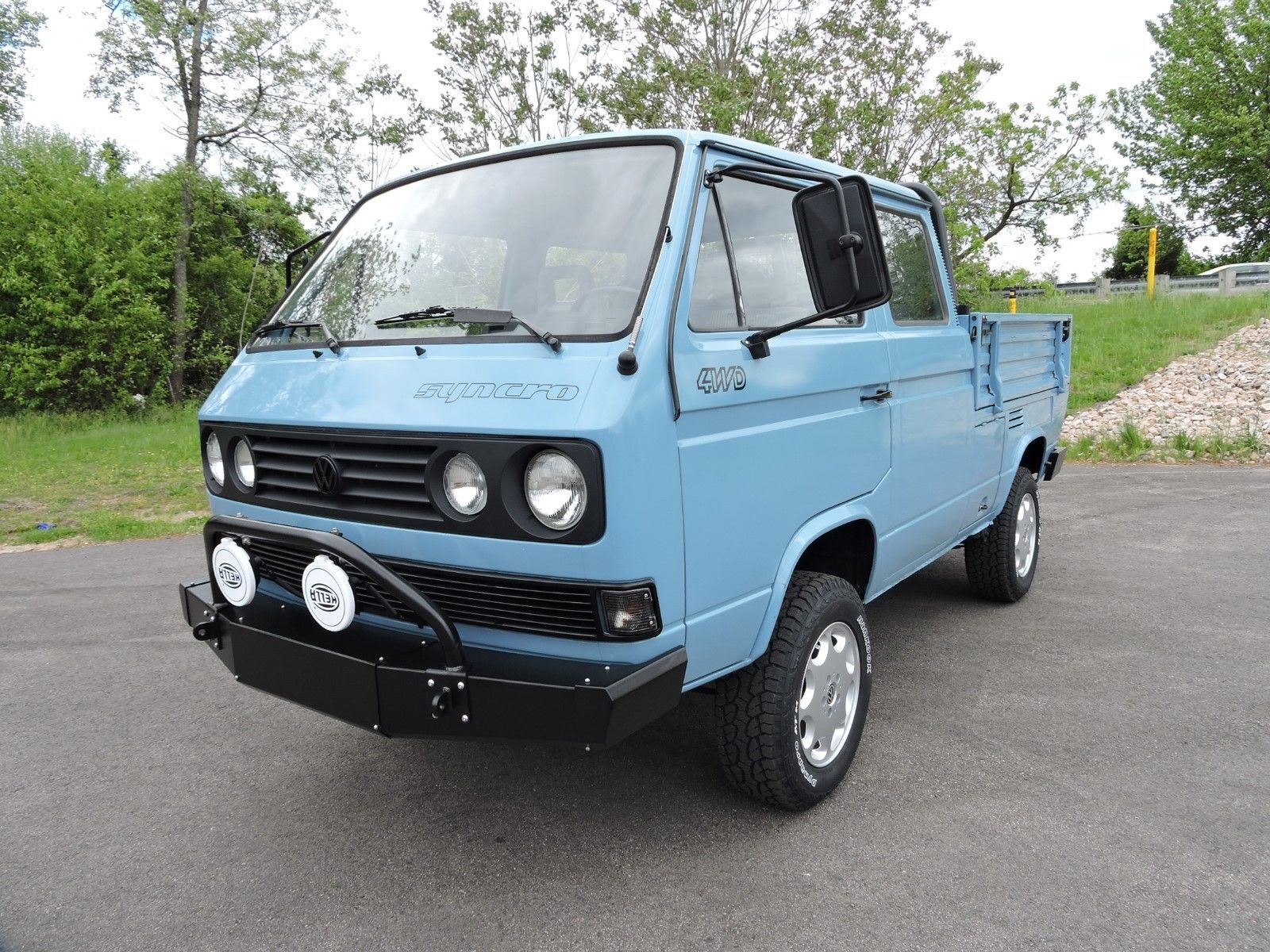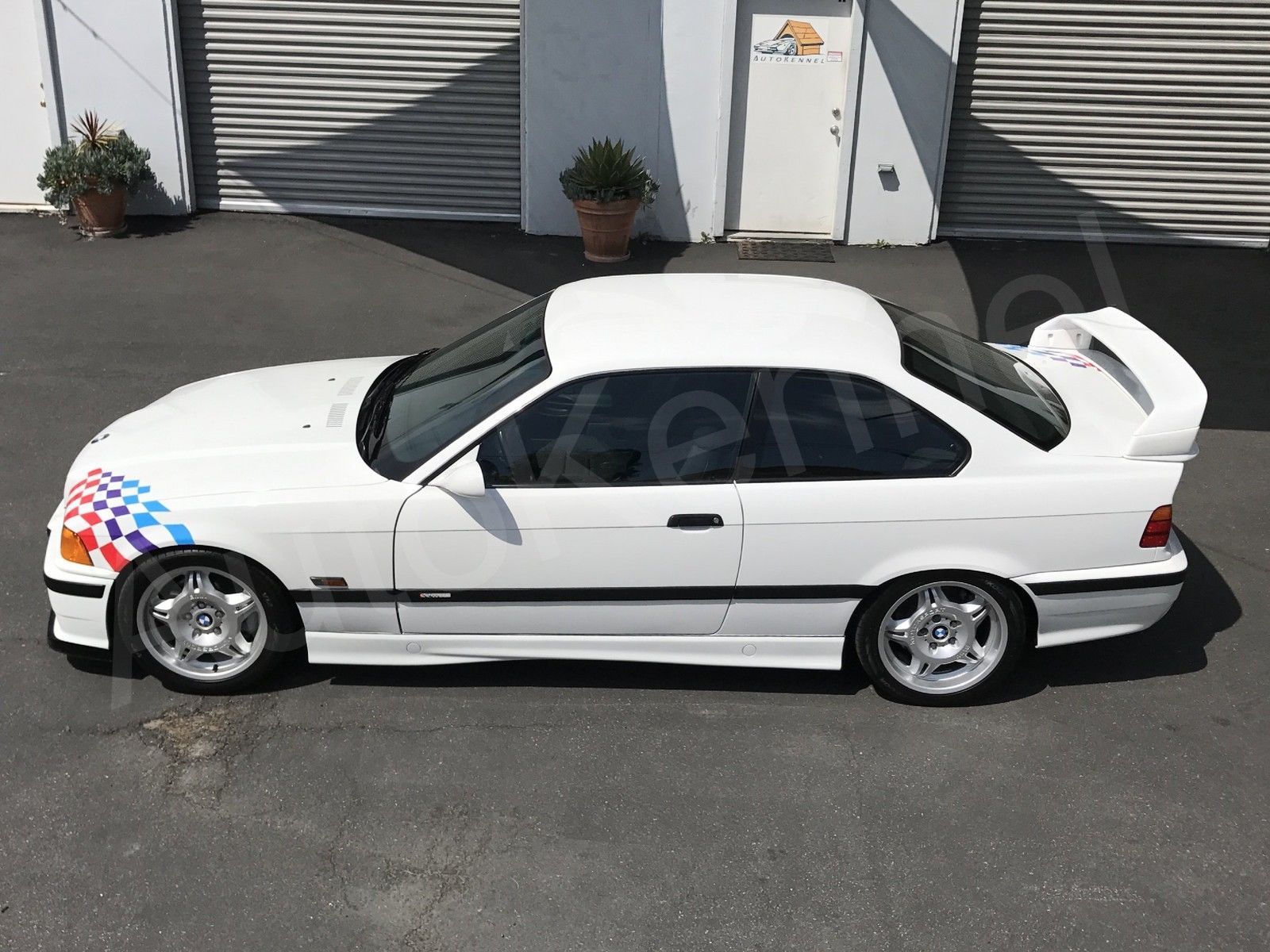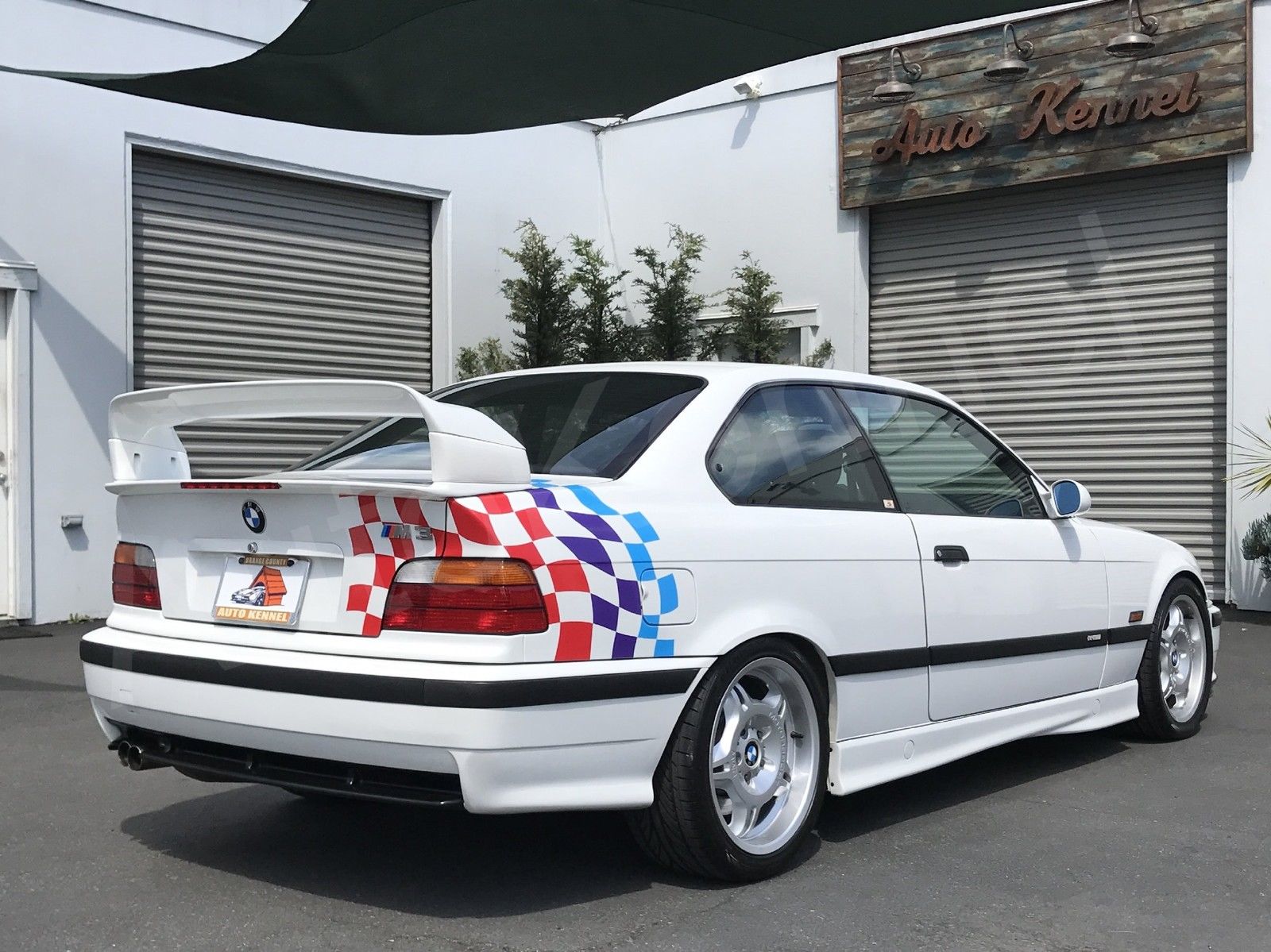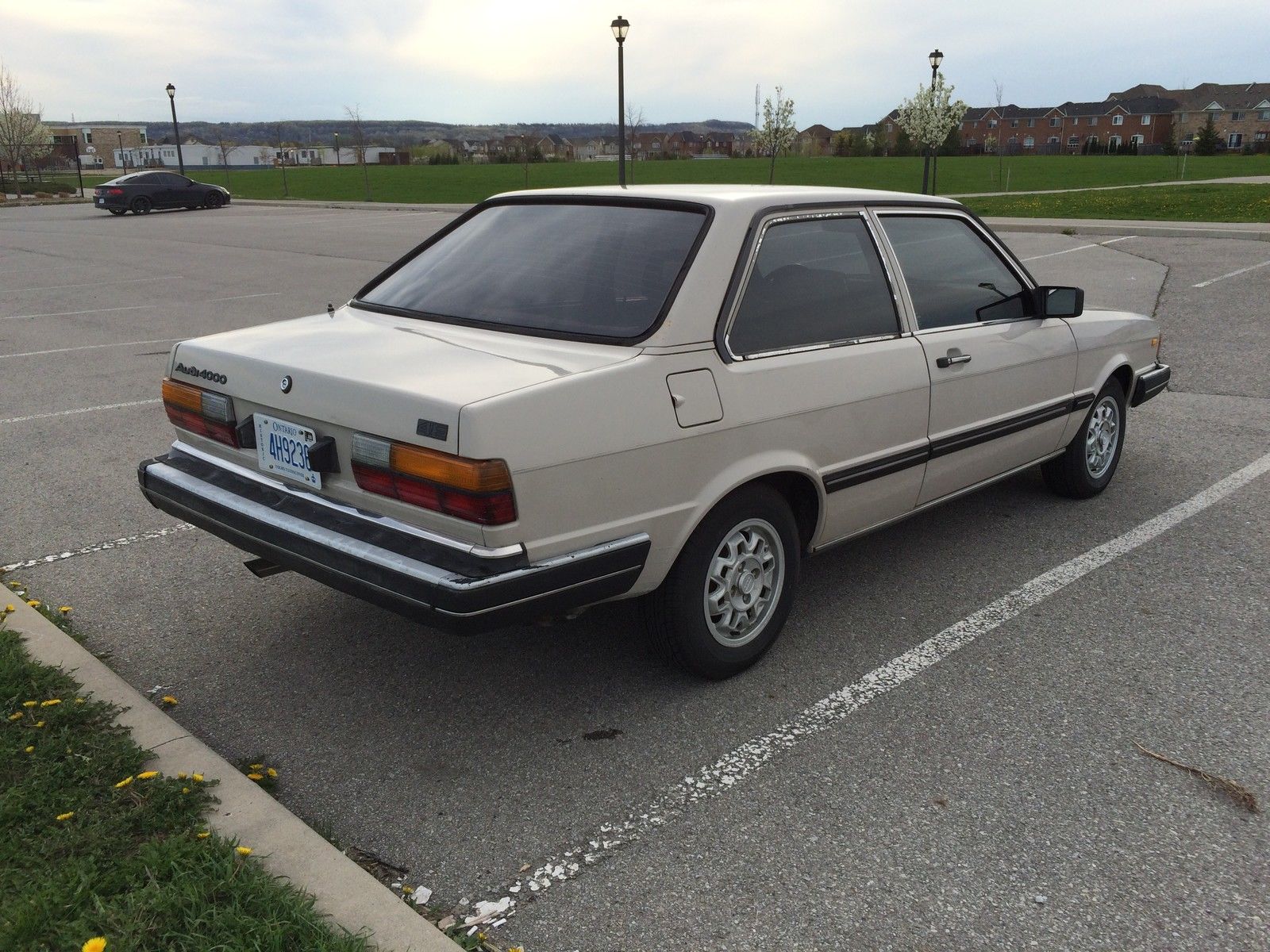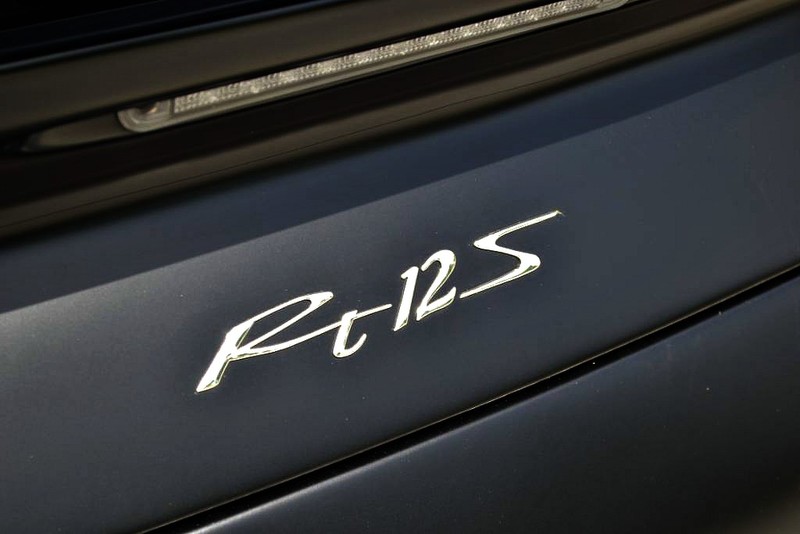I’ve got my eye on another interesting and diverse set of affordable no reserve auctions this week. Take a look and feel free to chime…
2 CommentsAuthor: Carter
For some time, critics have claimed that the E36 chassis was just too prolific and not special enough to be considered by collectors. They weren’t built well enough, they didn’t have the pedigree of the E30 or the power of the E46, and since you could buy one on your local Craigslist for $5,000 (less, sometimes!), why the hell would you pay a premium for one?
It’s been about a year and a half since we last looked at a M3 Lightweight. The ask was $90,000 on a model with below 30,000 miles, and it was no surprise that for many that ask was far too strong, though I suggested opportunities like that weren’t going to come along every day. In that time, we’ve seen some big numbers start to roll in for special E36 variants, like the $65,000 Canadian Edition M3. But all expectations on the E36 market, and especially those on the Lightweight model, were thrown out the window this past March when a lower mile, all original example came up for auction at Amelia Island.
The price? After hot bidding and when the hammer finally fell, it hit $145,750. I was astounded, even though for years I’d been claiming these cars would increase in value in the not too distant future. What does that number mean for the rest of the run?
CLICK FOR DETAILS: 1995 BMW M3 Lightweight on eBay
4 CommentsThe market rage surrounding BMW’s M products and their lesser stablemates and all things Porsche air-cooled continues to mask one of the best all-around performers of the period – the Porsche 944 Turbo. This was the car which brought supercar performance to the masses in a package that was both reliable and practical. Perfect balance meant you could approach the limits of the chassis, and it rewarded you for doing so. Over 200 horsepower gave you super-human acceleration normally reserved for small-batch thoroughbreds. And there was even a race series to give the 944 Turbo the credentials to back up the Stuttgart crest on the hood. They were exceptionally well built using high quality materials, and quite a few people who owned them treasured their foray into the exclusive world of pioneering Porsche forced-induction. The original purchaser and steward of this 951 appears to have done just that:
CLICK FOR DETAILS: 1986 Porsche 944 Turbo on eBay
3 CommentsIn a strange comparison to earlier’s 500SL 412, here’s another matte black car. It, too, is German. Outside of that, the two share little in common.
That’s because unlike the Mercedes-Benz which was primarily a piece of marketing, this is from the workshop of Alois Ruf. And Ruf’s cars are all about performance. So even though this 997-based turbocharged RUF RT12S is over a decade old, it still produces more power than the current 911 Turbo. Over 100 more. It’s faster, too – get the launch just right and mash the gas, and RUF claimed you’ll hit 60 m.p.h. in 2.8 seconds. When Road and Track tested it, the R12 did a standing mile in 28 seconds at 187.5 mph. In the time it’s probably taken you to read this first paragraph (35 seconds), the RT would be past 200 on its way to the 224 mph top speed. Yet it wasn’t just about raw speed; like all RUFs, it was beautifully built and full of exquisite detail work on par with leading manufacturers.
But while the speed is certainly impressive, it’s not the reason why I decided to feature this car…
